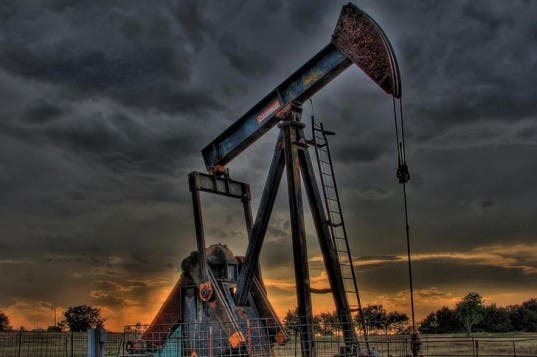A new report released by the Energy Information Administration showed that the US will end 2013 as the largest producer of oil and gas in the world, surpassing Saudi Arabia and Russia; the US reachged a combined production of 25 million barrels of oil a day (crude oil, natural gas liquid condensates, and biofuels).

Interestingly enough, not many people are truly happy about this (bar big oil company executives) – the US was close to the first place, but only reached it due to the boom in hydraulic fracking; while the technique provides more energy independence for America, the number of people who claim numerous negative consequences continues to grow as well.
U.S. imports of natural gas and crude oil have fallen 32% and 15%, respectively, in the past five years, but even so, the demand for these natural resources continues to grow in the country. But despite these advantages, even the biggest supporters of shale gas drilling concur that shale boom’s longevity could hinge on commodity prices, government regulations and public support; prices will drop, and companies may lower production, which can cause significant problems, even on a global scale. The economic consequences are very hard to estimate.
“It is not a supply question anymore,” he said. “It is about demand and the cost of production. Those are the two drivers.”


